No products in the cart.
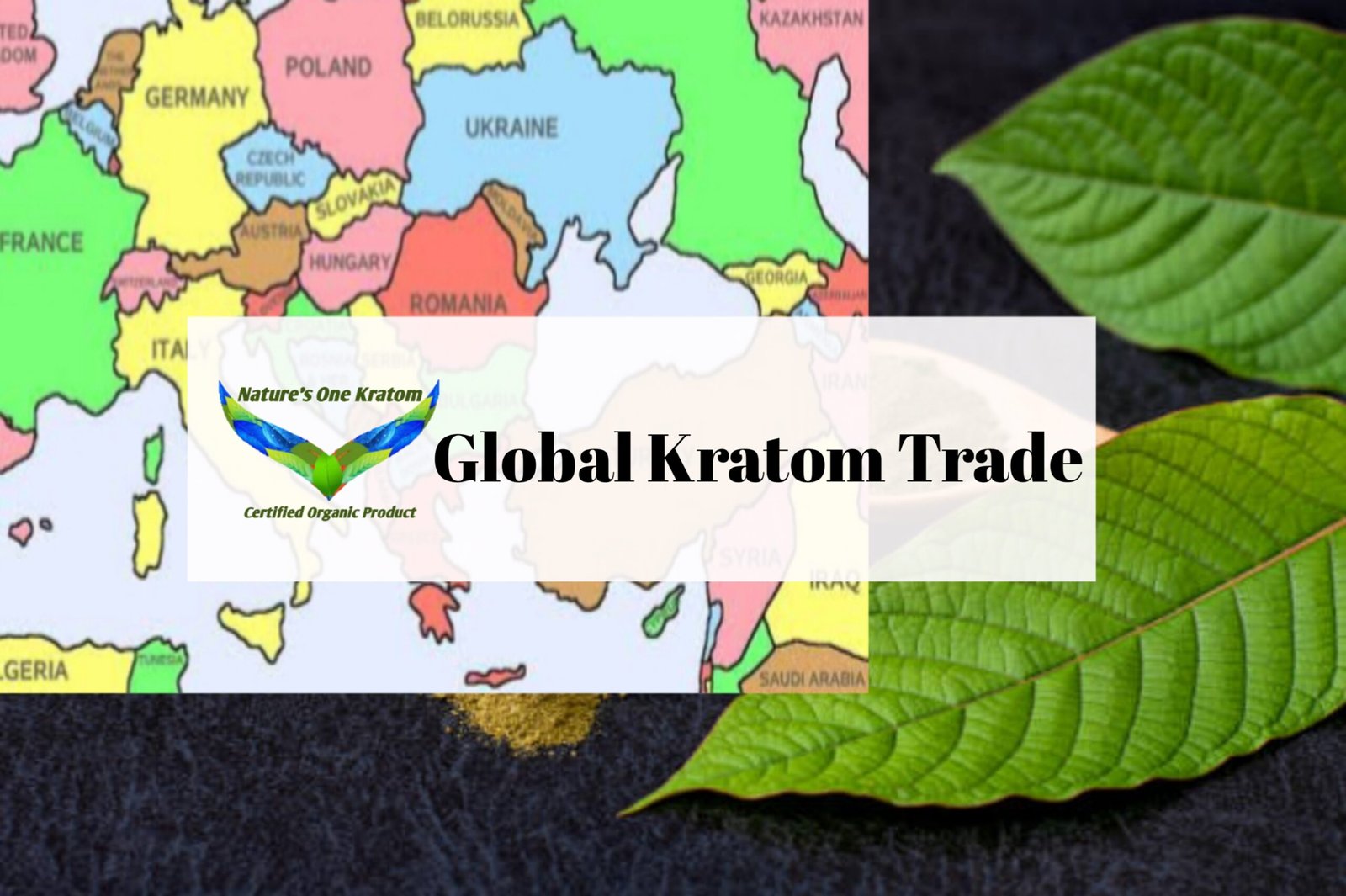
Global Kratom Trade has transformed Mitragyna speciosa from a traditional Southeast Asian herbal remedy into a thriving international commodity. As demand grows worldwide, this trade faces evolving regulations, geopolitical factors, and opportunities for value-added products. Indonesia remains the leading player, supplying over 90% of the global kratom market. This article explores how the global kratom trade operates, its challenges, and future outlook.
Indonesia: The Global Kratom Trade
A. Production Scale
Indonesia is the heart of the global kratom industry. Over 90% of the world’s kratom supply comes from Indonesia, mainly rural areas like West Kalimantan. This sector supports the livelihoods of more than 100,000 people.
B. Economic Value
In 2019, Indonesia’s kratom exports were valued at approximately USD 313 million. By 2023, exports to the U.S. reached nearly 4,700 tons, generating USD 9.15 million in revenue. This upward trend continues into 2025, with monthly shipments consisting of hundreds of tons of powdered kratom.
C. Value-Adding Initiatives
New regulations prohibit exporting raw leaves, requiring only powdered kratom under 600 microns. Quality control through laboratory testing and GMP certification is becoming standard. High-value kratom extracts now fetch prices up to USD 6,000 per kilogram.
D. Regulatory Challenges
While agriculture authorities encourage processing and export, narcotics regulators have sometimes classified kratom as a drug of concern. Regulations introduced since 2022 aim to balance oversight with economic benefits.
Global Kratom Markets
3.1 North America
The United States is the largest kratom consumer, accounting for about 95% of Indonesian exports. With roughly 15 million users, demand remains strong despite the FDA’s designation of kratom as a “drug of concern.” Kratom is legal in most U.S. states, with bans in only six.
3.2 Europe
Europe’s regulatory landscape varies widely. Countries such as Denmark, Sweden, and Poland ban kratom, while the UK has prohibited it since 2016. Some nations, like the Czech Republic, regulate sales without banning the product outright.
3.3 Asia-Pacific
Thailand fully legalized kratom in 2021, boosting exports. Malaysia continues to ban kratom despite widespread use. Australia and New Zealand allow limited personal imports.
3.4 Emerging Markets
Countries like Ecuador, Vietnam, South Africa, Israel, and Russia are emerging as new markets or producers. However, challenges remain due to inconsistent regulations and supply chain issues.
Supply Chain and Trade Flow
A. From Farmers to Global Market
In Indonesia, smallholder farmers harvest kratom leaves by hand. Leaves are dried, ground into fine powder, tested in labs, and packaged. Exporters manage licensing and logistics, sending kratom to importers who sell powders, capsules, and extracts via online shops and specialty retailers.
Prices vary by quality:
- Raw powder: USD 3–5/kg
- Certified powder: USD 10+/kg
- Premium extracts: up to USD 6,000/kg
B. Pricing and Economics
Rising demand, shipping costs, and certification requirements are driving prices up. Capsules, for instance, increased from about USD 10 per bottle in 2021 to USD 15–20 by 2023.
Regulatory and Geopolitical Risks
A. Indonesia’s Export Policies
In 2024–2025, Indonesia introduced stricter export regulations, limiting exports to powdered kratom and enforcing licensing requirements. This has caused logistical delays and short-term supply disruptions.
B. Regional Supply Stability
Malaysia imposes export taxes and bans, increasing supply risks. Thailand’s reforms support steady supply, though political changes could alter progress. Vietnam and Ecuador are developing traceable plantations but remain smaller producers.
C. Consumer Country Laws
Changes in U.S., EU, and Canadian laws impact supply and pricing directly. FDA import alerts often cause price spikes and push sellers to seek alternative sources.
Future Outlook (2025–2030)
A. Market Forecast
Kratom demand is expected to grow in health supplements and functional beverages. Prices are projected to rise to USD 5.50–6/kg by 2030.
B. Supply Diversification
Emerging producers like Vietnam and Ecuador may gain market share, but Indonesia’s dominance will likely continue due to capacity and export expertise.
C. Regulatory Developments
Continued reforms could increase farmer income, improve quality standards, and boost kratom’s global legitimacy as a herbal product.
Challenges and Opportunities
Challenges:
- Regulatory uncertainty in producing and consuming countries
- Quality control and contamination concerns
- Market fragmentation due to differing laws worldwide
Opportunities:
- Value-added products like extracts and capsules command higher prices
- GMP certification and fair trade practices attract global buyers
- Scientific research could legitimize kratom as a safe herbal medicine
Conclusion
Indonesia remains the global center of kratom production, navigating evolving regulations and market demands. The global kratom trade intertwines economics, geopolitics, and cultural traditions. With investments in quality control, certification, and policy reform, kratom’s future as an internationally recognized herbal commodity looks promising.
Related Articles
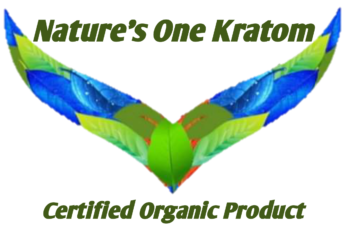

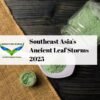
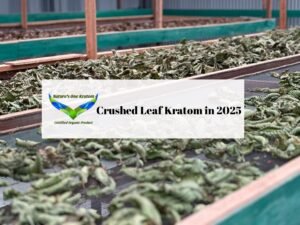
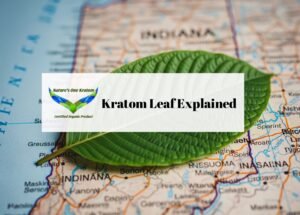
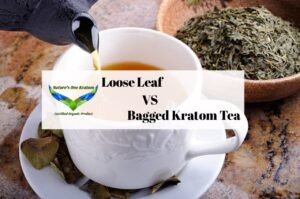


2 comments
Pingback:
Southeast Asia Kratom Leaf Storms 2025 - Nature's One Kratom : Indonesia Kratom SupplierPingback:
Kratom Regulation in Germany 2025: Navigating Legal Grey Areas, Policy Trends & Consumer Guidance - Nature's One Kratom : Indonesia Kratom Supplier